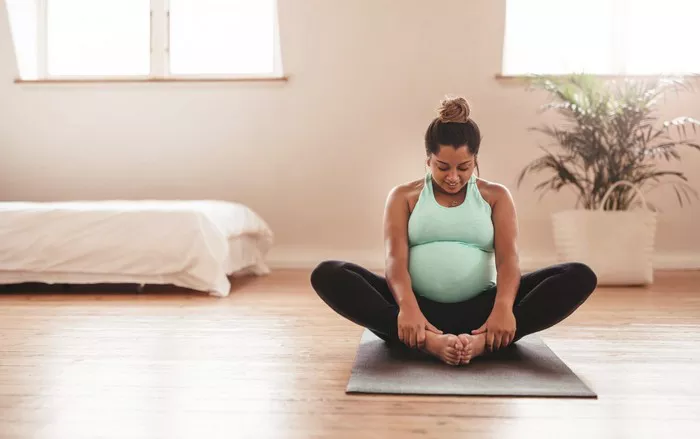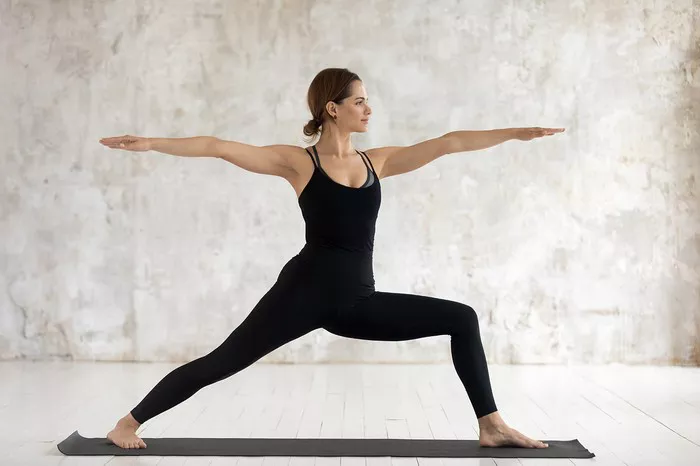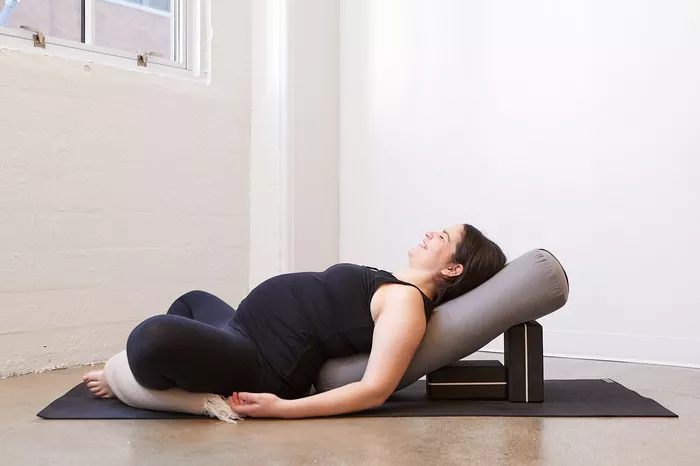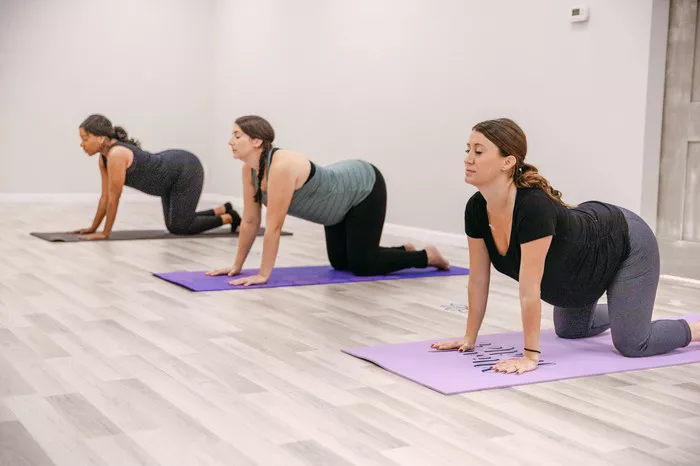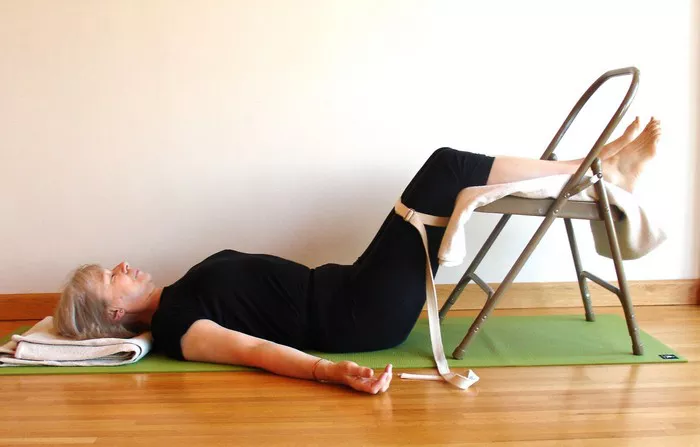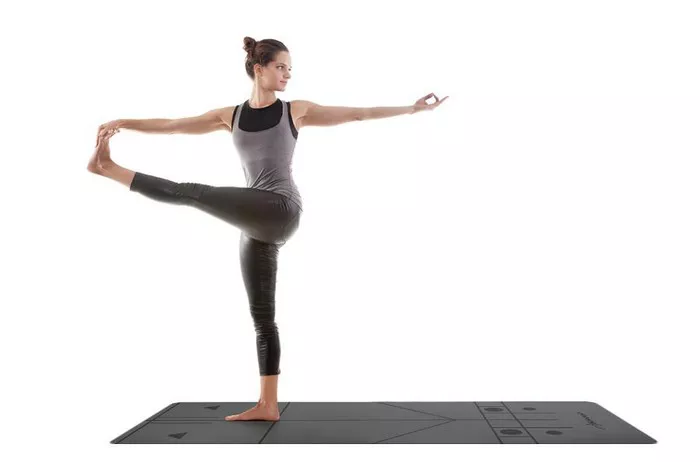Aerial yoga, a practice that blends traditional yoga poses with the use of a hammock, has gained significant popularity in recent years. It offers a unique experience that combines strength, flexibility, and mindfulness, all while defying gravity. The hammock, which is suspended from the ceiling, supports your body in a way that allows you to perform poses that may otherwise be challenging, making it an appealing option for beginners and advanced practitioners alike.
While the benefits of aerial yoga are numerous, one common question that arises is: how many times a week should you practice aerial yoga to reap its full benefits? The answer depends on a variety of factors, including your fitness level, your goals, and how your body responds to the practice. In this article, we will explore the factors that influence how often you should practice aerial yoga, the benefits of regular practice, and tips to help you create a balanced and sustainable routine.
Understanding Aerial Yoga
Before we dive into the specifics of frequency, let’s take a brief look at what aerial yoga is and what it entails.
Aerial yoga, also known as anti-gravity yoga, is a type of yoga that uses a suspended hammock (also called a sling) to assist in performing traditional yoga poses. The hammock acts as a prop, helping practitioners achieve better alignment, improve flexibility, and build strength in ways that may be more difficult with traditional yoga on the mat.
Some of the key benefits of aerial yoga include:
- Increased flexibility: The hammock supports your body, allowing you to stretch deeper into poses without straining your muscles.
- Core strength: Many aerial yoga poses engage the core muscles as you balance and stabilize yourself in the hammock.
- Inversion benefits: Aerial yoga allows for inversions (such as hanging upside down), which can promote circulation, decompress the spine, and relieve pressure on the joints.
- Joint and muscle relaxation: The hammock supports your weight, helping to alleviate stress and tension in the body, particularly in the back, shoulders, and hips.
Given these benefits, it’s no surprise that many people are drawn to aerial yoga. However, just like any other form of exercise, it’s important to understand how often you should practice it to avoid overtraining and to ensure that your body gets the most out of each session.
How Often Should You Do Aerial Yoga?
The frequency of your aerial yoga practice depends on several individual factors. These include your fitness level, goals, recovery time, and overall lifestyle. Below, we’ll break down how these factors influence how often you should practice.
1. Beginner Level: Starting Slow
If you are new to yoga or aerial yoga specifically, it’s important to ease into your practice to allow your body time to adjust to the new movements and positions. Aerial yoga can be intense on the body, especially if you are not accustomed to the demands of traditional yoga poses and the use of the hammock.
For beginners, 2 to 3 times a week is generally recommended. This allows your body to get accustomed to the practice without overwhelming your muscles or joints. You will likely feel some soreness after your first few classes, which is normal as your body adjusts to the new movements and poses. It’s important to listen to your body during this time and take breaks when needed.
Practicing 2 to 3 times a week also gives your body enough time to recover between sessions, which is essential for muscle growth and injury prevention. As you become more comfortable with the movements and poses, you can increase the frequency of your sessions gradually.
2. Intermediate Level: Building Strength and Flexibility
Once you have gained some experience in aerial yoga and have built a basic level of strength and flexibility, you may be able to increase the frequency of your practice. For those who are at an intermediate level, 3 to 4 times a week is often recommended.
At this stage, your body is more accustomed to the demands of aerial yoga, and you can start to focus on refining your technique, improving your flexibility, and building greater strength in your core, arms, and legs. Practicing 3 to 4 times a week allows you to continue progressing without overwhelming your body.
However, it’s important to maintain balance in your practice. While it’s tempting to increase the frequency to accelerate progress, overdoing it can lead to fatigue and burnout. If you’re practicing aerial yoga more frequently, consider balancing it with other forms of exercise such as strength training, walking, or cycling to avoid overuse injuries.
3. Advanced Level: Advanced Poses and Inversions
For advanced practitioners of aerial yoga who have already built a strong foundation, 4 to 5 times a week may be suitable for deepening your practice and exploring more advanced poses, inversions, and transitions.
Advanced practitioners may want to push their limits, increase their strength, and explore more difficult postures, such as deep backbends, complex inversions, and intricate aerial sequences. At this level, you’ll be able to hold poses for longer periods, engage in longer sequences, and challenge your body to reach new heights in flexibility and strength.
However, it’s still essential to pay attention to your body’s signals. Even if you are advanced, remember that rest and recovery are important for muscle repair and injury prevention. Incorporating at least one or two days of active recovery, such as restorative yoga, stretching, or gentle movement, will help you avoid overuse injuries and ensure that your body stays strong and resilient.
Factors to Consider When Determining Your Aerial Yoga Frequency
In addition to your experience level, there are several other factors to take into consideration when determining how often you should practice aerial yoga.
1. Goals
What are you hoping to achieve with your aerial yoga practice? Are you looking to build strength, improve flexibility, alleviate stress, or simply have fun? Your goals will significantly influence how often you should practice.
- Strength and flexibility goals: If your goal is to build strength and flexibility, practicing 3 to 4 times a week will allow you to progressively challenge your body without overloading it.
- Stress relief or relaxation goals: If your main goal is to alleviate stress or simply enjoy a mindful practice, 2 to 3 times a week may be sufficient. This frequency allows you to experience the relaxation benefits of aerial yoga without overexertion.
- Weight loss or endurance goals: If you’re aiming for weight loss or improved endurance, you may want to combine aerial yoga with other forms of exercise, such as cardio or strength training. In this case, 3 to 5 times a week might be beneficial, but it’s essential to maintain balance in your routine to avoid overtraining.
2. Recovery and Rest Days
No matter how experienced you are, rest days are crucial for muscle recovery. Aerial yoga can be physically demanding, especially for the upper body and core. Your muscles need time to repair and strengthen after each session.
It’s important to schedule at least one or two rest days per week to give your muscles time to recover. On rest days, you can engage in lighter activities like walking, swimming, or stretching to keep your body active without overloading it.
3. Body Signals and Adaptability
Your body will give you signals about how often it wants to practice. Pay attention to how you feel after each class. If you’re feeling exhausted, sore, or fatigued, it’s a sign that your body might need more time to recover. Overtraining can lead to muscle strain, fatigue, and even injury.
Listen to your body’s signals and adjust your practice frequency accordingly. If you feel that you’re not recovering adequately, reduce the number of sessions per week, or incorporate restorative practices to help your body heal.
4. Incorporating Cross-Training
Aerial yoga can be demanding on certain muscle groups, particularly the core, shoulders, and hips. It’s a good idea to incorporate other forms of exercise into your routine to maintain overall strength and prevent muscle imbalances.
Strength training, Pilates, or traditional yoga can complement your aerial yoga practice and help balance your body’s overall strength. You may choose to alternate between aerial yoga and other forms of exercise, which allows you to cross-train while still making progress in each discipline.
Signs You Might Be Overdoing It
While aerial yoga is a fun and challenging practice, it’s possible to overdo it. If you are practicing too frequently without adequate rest, your body might begin to show signs of strain. Here are a few signs to watch out for:
- Persistent soreness or fatigue: If you’re constantly sore or fatigued, it may indicate that you’re not giving your body enough time to recover.
- Decreased performance or flexibility: If you’re finding it harder to perform poses or notice a decrease in flexibility, it could be a sign of overtraining or muscle fatigue.
- Joint or muscle pain: Pain in the joints or muscles is a clear indication that your body may need rest. Always differentiate between normal post-practice soreness and pain that could indicate an injury.
Conclusion
In conclusion, the ideal frequency for practicing aerial yoga depends on several factors, including your experience level, fitness goals, and how your body responds to the practice. For beginners, 2 to 3 sessions a week is usually enough to build strength and flexibility without overtaxing the body. Intermediate practitioners may benefit from practicing 3 to 4 times a week, while advanced practitioners might push to 4 to 5 sessions per week.
It’s essential to listen to your body, incorporate rest days, and balance aerial yoga with other forms of exercise for overall fitness. By doing so, you’ll be able to build a sustainable aerial yoga routine that helps you achieve your goals while minimizing the risk of injury.
Above all, remember that yoga is about balance, not just in your practice, but in life. Strive for consistency, but always respect your body’s limits and needs. A balanced approach to aerial yoga will lead to long-term health, strength, and flexibility.
Related Topics:




